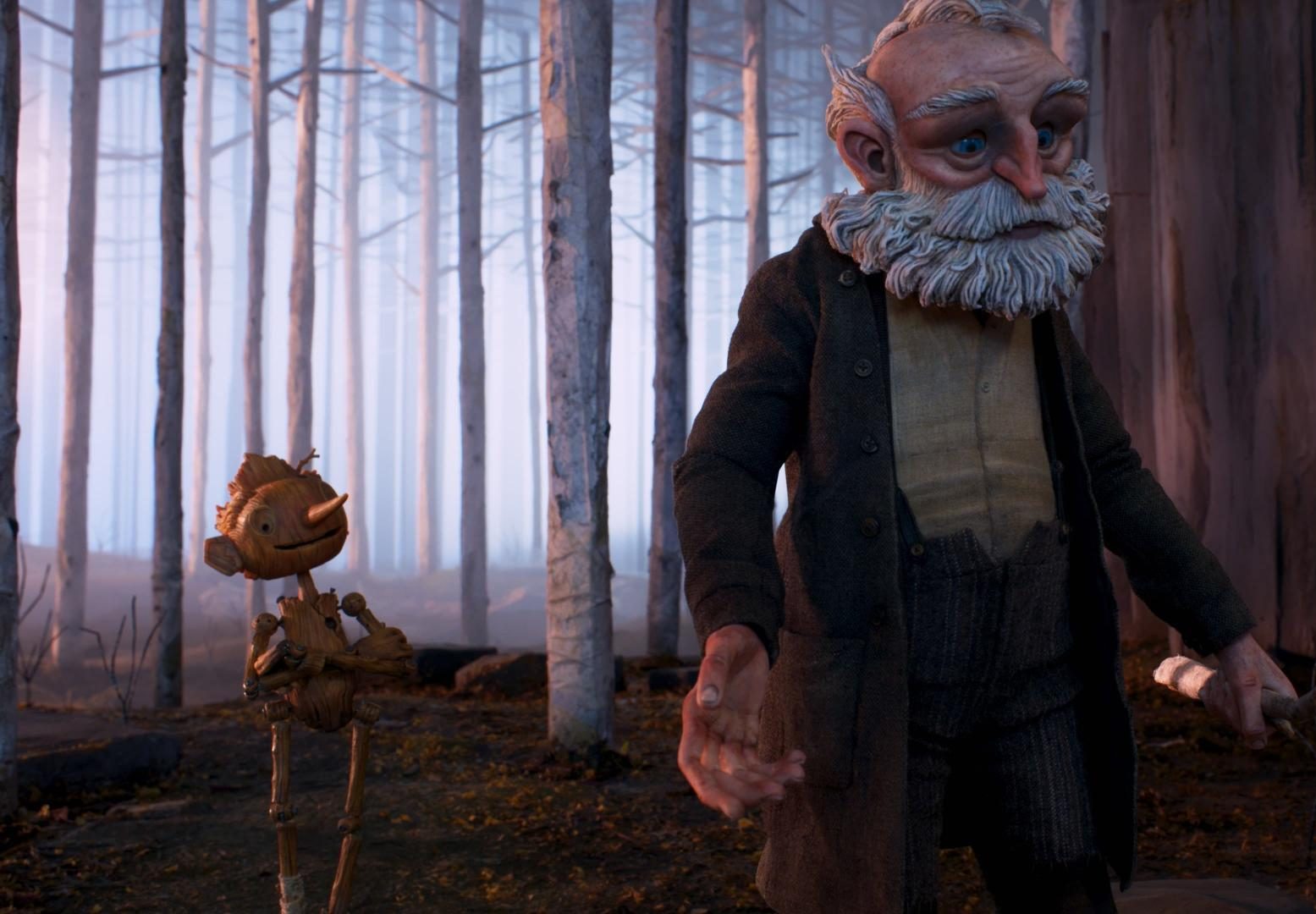I have been a longtime fan of Guillermo del Toro’s work. As a kid, his film “Pan’s Labyrinth” absolutely traumatized me with the tragic end of the young heroine, Ofelia. Years later my grandmother and I watched “The Shape of Water” together. The movie won an Academy Award for Best Picture that year in 2018. I’ll never forget how she leaned toward me without taking her eyes off the screen to say, “He’s from our community, you know?” I looked at her, and she nodded. “He’s Mexican, but we’re all Latinos. He uplifts all of us.”
Now, Del Toro has released a new stop-motion musical, titled “Guillermo del Toro’s Pinocchio.” In “Pinocchio,” Del Toro perfectly combines his renowned film style while deftly navigating a new medium. It is no wonder that “Pinocchio” is dominating in the Annie Award nominations for Best Feature. Even wedged between two other movie adaptations of the very same fairy tale, all released in the same year, del Toro’s stands out, proving it’s something special.
Del Toro’s adaptation of Pinocchio gives the titular protagonist a unique set of characteristics that make him utterly memorable. Just as Elisa has her muteness in “The Shape of Water” and Ofelia has her propensity for the supernatural, Pinocchio has a jolly naiveté that does more harm than good. Staying true to form, del Toro sets the film in a macabre world wrecked by war: the countryside of fascist Italy.
One of the characteristics that sets Del Toro’s “Pinocchio” apart is its visuals. The beautiful art style is truly one of the film’s greatest strengths. The whimsical stop-motion puppets are reminiscent of fairy tale illustrations and antique puppet shows. This style reflects the boyish, innocent joy that Pinocchio sees in the world. He has just been born and everything is new for him. Pinocchio sings gleefully, interacting with everything in his environment while asking about their uses. His ignorance of his condition clashes with Gepetto’s mounting dread as Pinocchio destroys glass cups and tears the cuckoo out of a cuckoo clock.
The art style also illustrates how out of place the mature elements of war are in the life of a boy. Nazi imagery appears with drab, lifeless colors that represent how war robs children of their youth and happiness. In contrast, life and death are vibrant cool shades of blue. Their similar color palates reference the fact that the two are sisters and two sides of the same coin. One cannot be without the other; they share a relationship based on reciprocity. Each is equally essential to a worthwhile existence.
The score complements the visuals perfectly. Gregory Mann, the voice behind Pinocchio, does a wonderful job in his speaking and singing roles. His voice is light and airy, which excellently conveys Pinocchio’s boyish innocence. The songs elevate the film’s themes by elegantly balancing joy in the melody and sadness in the lyrics.
Weaving together a tale of war and the imperfect relationship between fathers and sons, del Toro’s “Pinocchio” becomes about the pain of love and mortality. The film illustrates that to be mortal is to love, and that love itself is mortal. Love can die just as any living body does, but it comes back with new life every time. The pinecone becomes the tree, the tree becomes the puppet, and the puppet becomes the lost son in an endless cycle of rebirth.
This rebirthing process can be frightening and painful. Gepetto experiences the loss of one he loves: his son, Carlo. A bomb falls on the village church right as Carlo runs back inside to retrieve the pinecone he and his father had picked out together. Gepetto can only watch in horror as the church burns with a red, destructive flame. His grief sucks the life out of him and he turns into a drunken recluse as he mourns at his son’s grave under the pine tree. Suddenly, Gepetto flies into a rage. He chops down the tree and declares that he will bring Carlo back to life.
The scene is framed with tense music and dramatic shots. The overall effect is extremely unsettling, seeming more like a scary movie than a lighthearted animated film for children. It’s one of my favorite scenes in the film for the way it resembles Frankenstein’s creation of his monster. Gepetto, like Frankenstein, rejects his creation. He becomes horrified that the little wooden doll has suddenly started walking and talking on its own.
Upon the first viewing, the horror seems to come from the abnormal process of going against the natural courses of life and nature. The movie slowly reveals, however, that Gepetto’s horror comes from the shock that Pinocchio cannot be exactly like the son he lost. It’s a far cry from the Disney version of the tale, yet it’s extremely raw and poignant.
In the cycle of death and rebirth, some things are lost. The pinecone grows into a pine tree, but the pine tree is not a pinecone. Nor can the pine tree return to the state of being a pinecone. However, just as the pine tree sprouts new pinecones, something will come to take the place of what has been lost. This message of undying transcendental, unconditional love is timeless and universal. It’s an important message to remember because it is what makes life worth living.
“There’s actually no tragedy in going,” del Toro has said. “There’s a tragedy in wasting our life while we are together.”

















